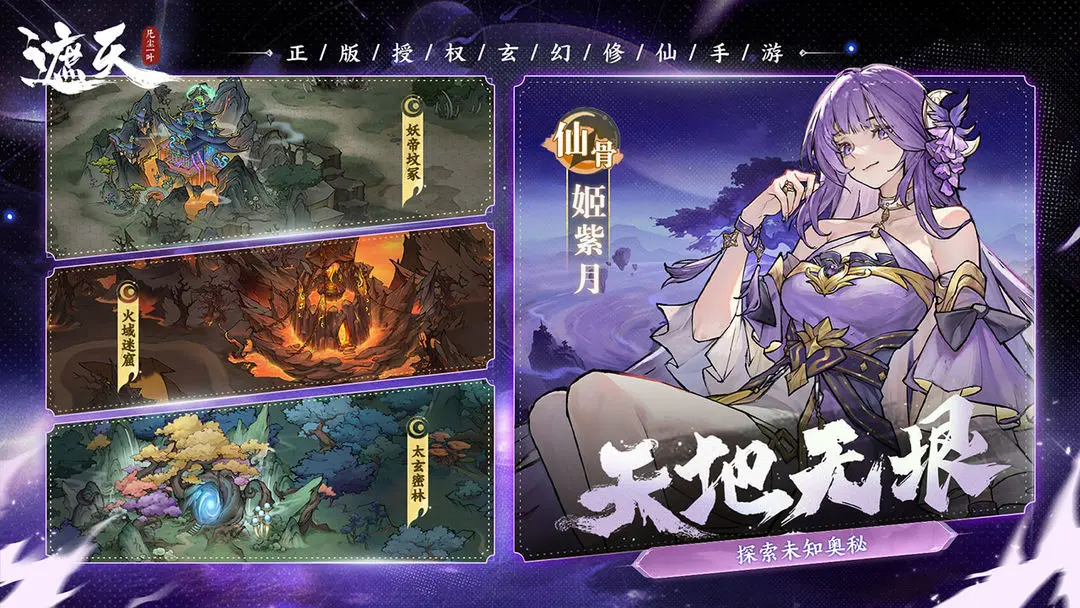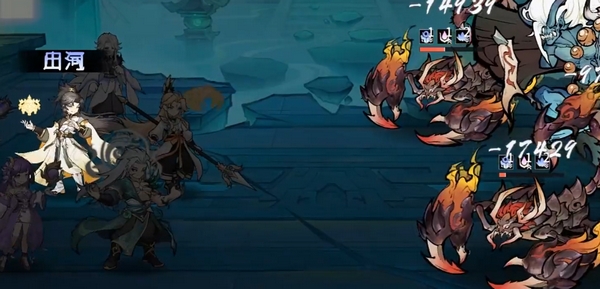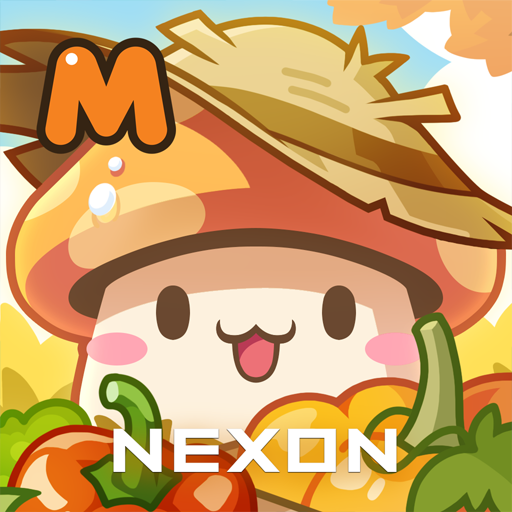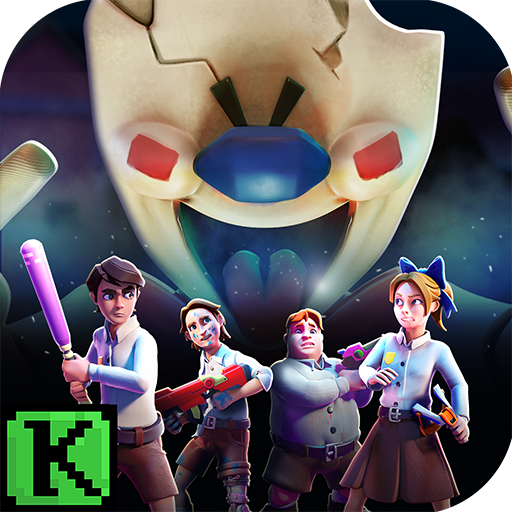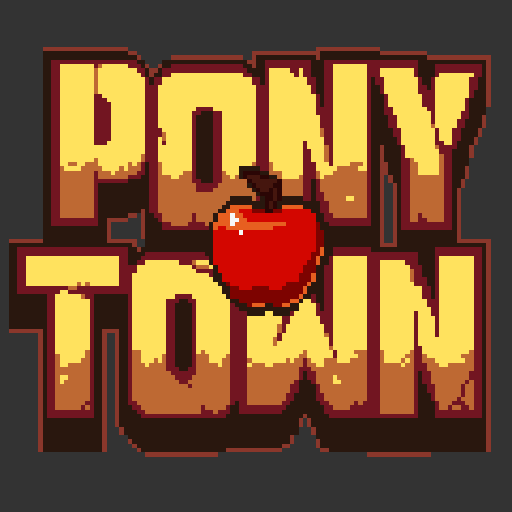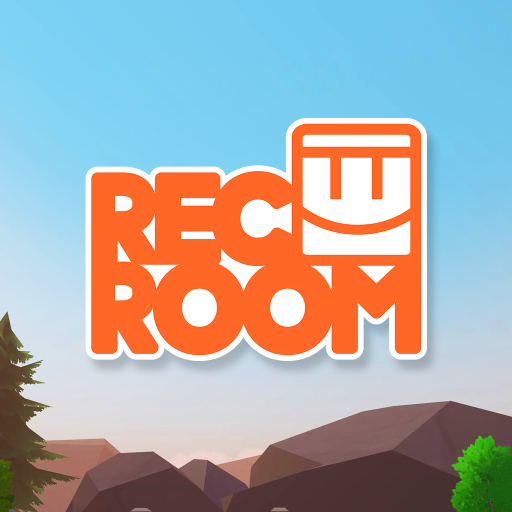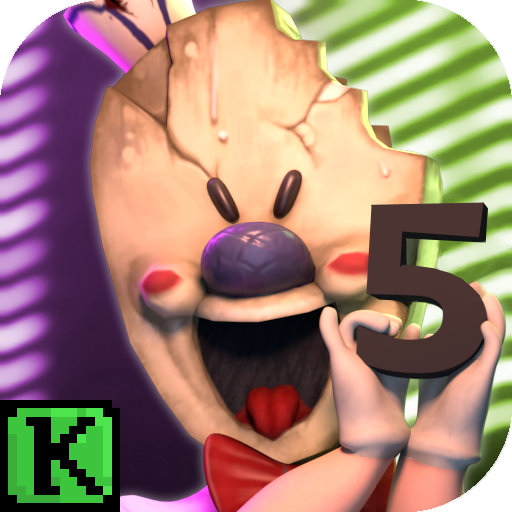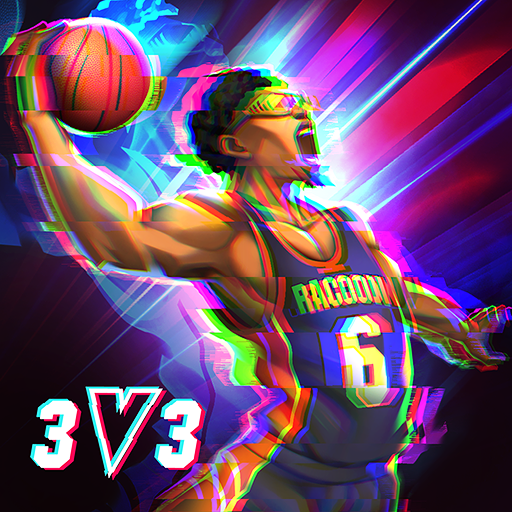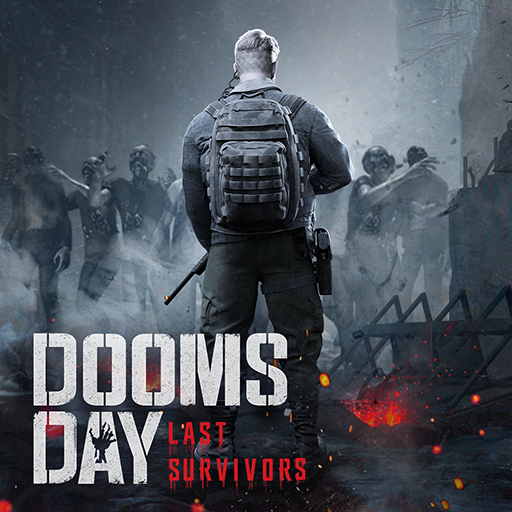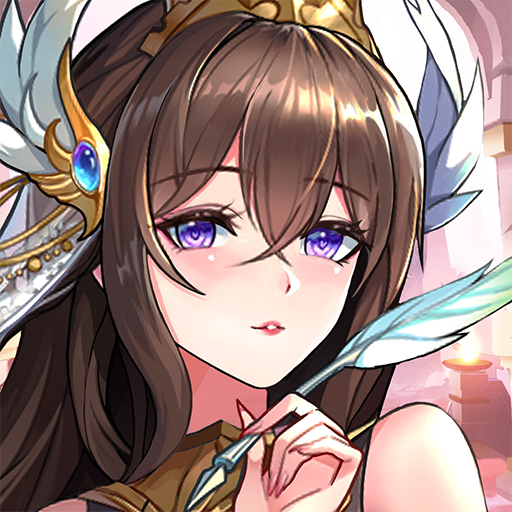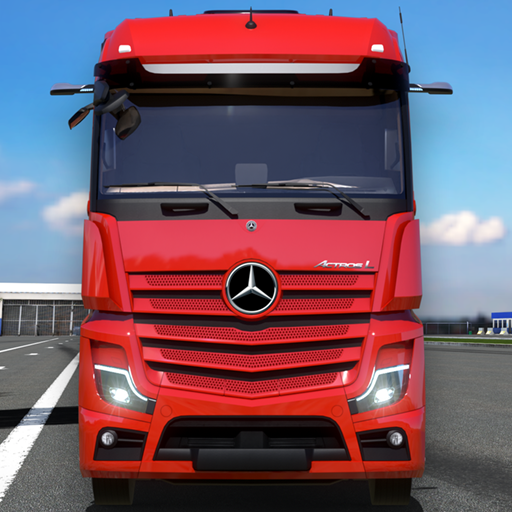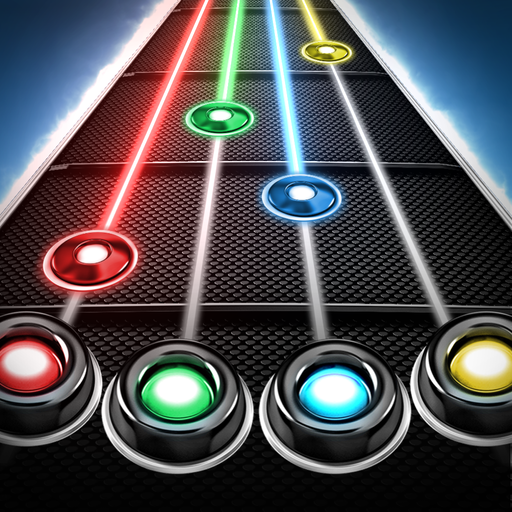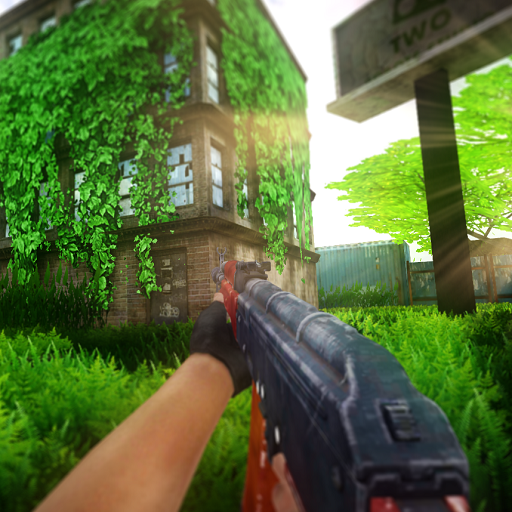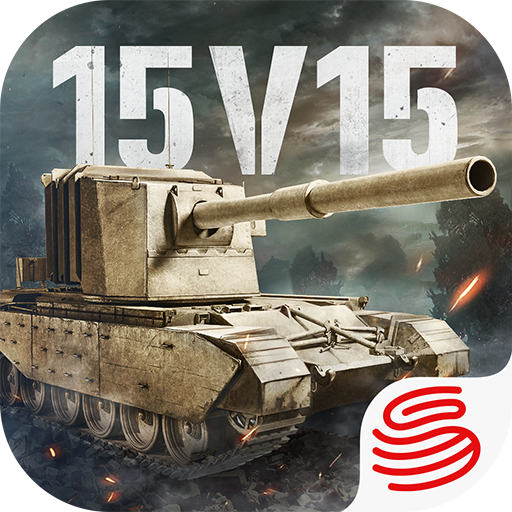How to play the Sea of Oblivion game? This game is a result of years of hard work by NetEase, and it has attracted a lot of attention from players. Currently, a concept trailer, PV gameplay, and the first technical test have been released. Whether in terms of art or the framework of the gameplay, the game has already been built very well, with rich content. This article will focus on introducing the gameplay of this game, so let's take a look below.
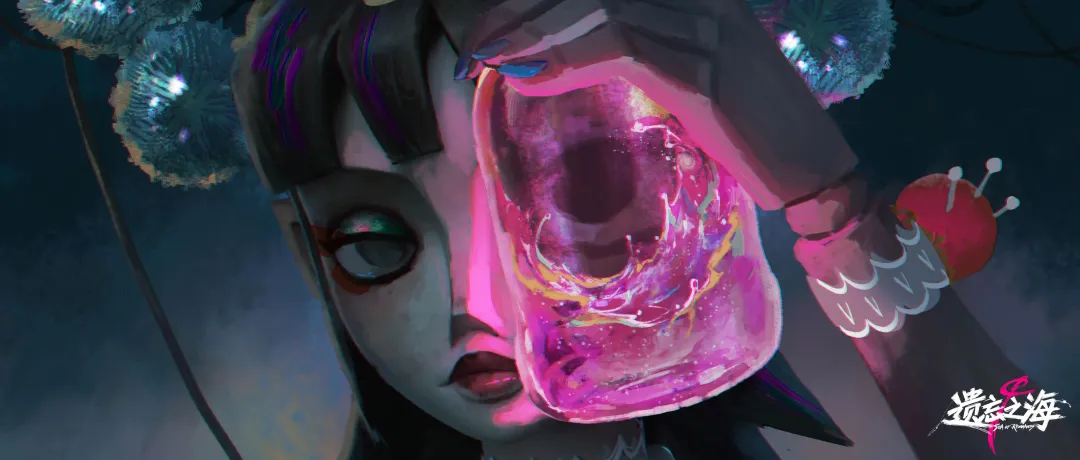
Players are most concerned about the gameplay part, for sure. The game map consists of vast oceans and densely distributed islands, and the overall combat gameplay corresponds to two major parts.
1. Turn-based Combat
Most of the time, when the characters you control are exploring each independent box-island, the combats encountered are turn-based. For example, in the box-island battles, you can gradually defeat the elite monsters on the island to complete the puzzle exploration, enhance your team's strength, and then challenge the BOSS, or you can directly attack the BOSS's "lair," which might be a bit more challenging. Generally, it follows a cycle: explore the island, enhance character abilities, obtain key items, unlock additional content, and challenge the final BOSS.
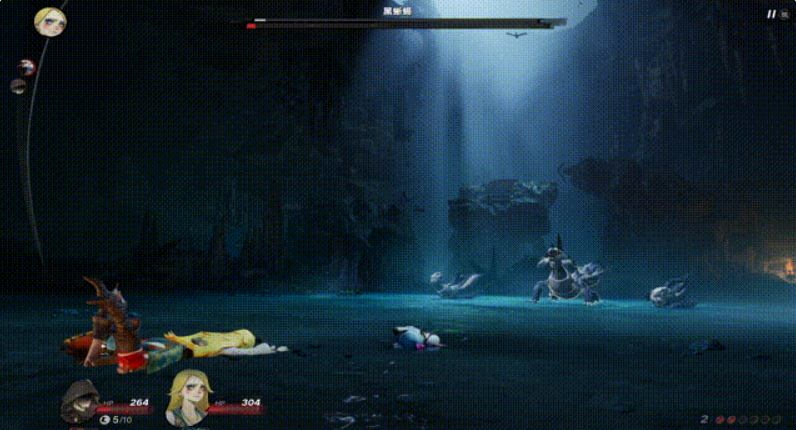
The game also involves roguelike elements, meaning that after defeating monsters, not only can you obtain different equipment and buffs, but you can also gain additional job skills for your character. The unlocked skills and equipment are effective only for a single match. By combining different job skills and equipment, unexpected results can be achieved, making each sea voyage a unique roguelike experience. Even if the team is wiped out, these contents will not be retained.
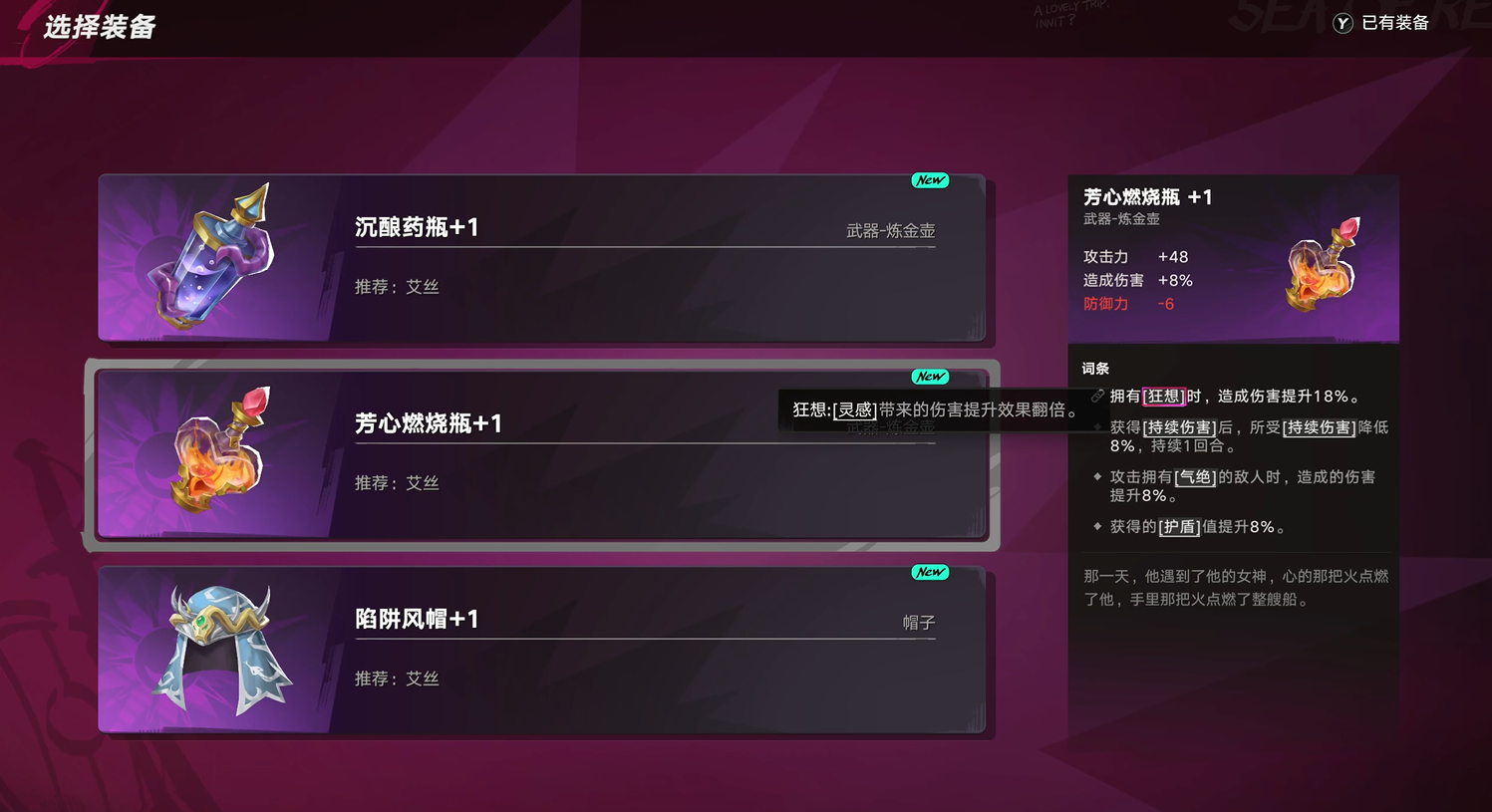
Additionally, characters have different job classes, and each 1st-tier job has different upgrade branches. Job and character attribute enhancements are key factors in out-of-match development. The exploration of the map, unlocking character skills, and obtaining equipment are important components of in-match development. These two aspects overlap, forming a complex and enjoyable development system in the game.
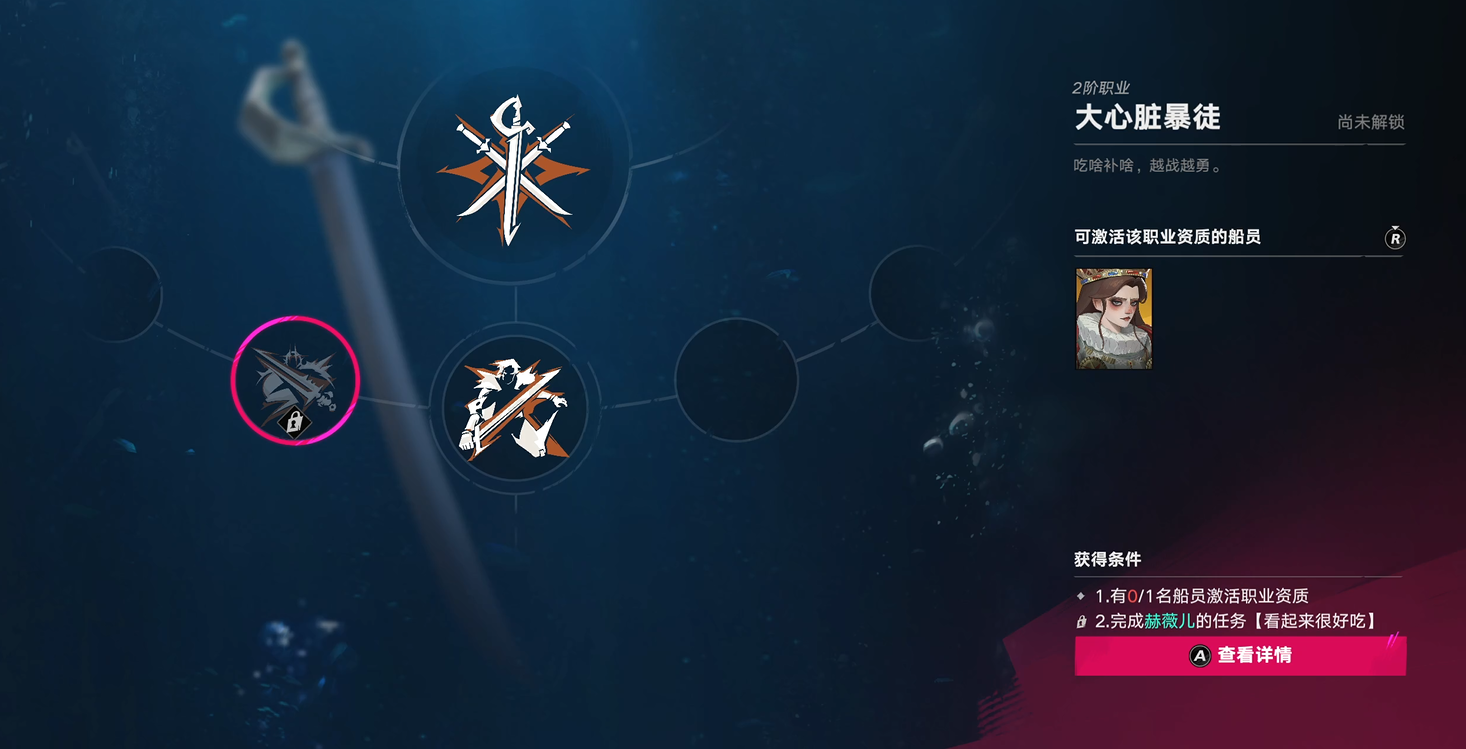
In-match collection and out-of-match development are interconnected. Players can use a "delivery" service during their sea adventures to convert some collected items into development materials, which can be sent back to the main city through the courier. This is a convenient way to mitigate risks. Even if they encounter trouble at sea, they won't return empty-handed. The game uses a visible enemy encounter system, allowing players to sneak up and attack up to three times before entering combat. If the difference in strength is significant, such as with white-named monsters, they can be defeated with three consecutive attacks without even entering the combat interface. This allows players to focus on elites and BOSSes, reducing meaningless battle wear and tear.
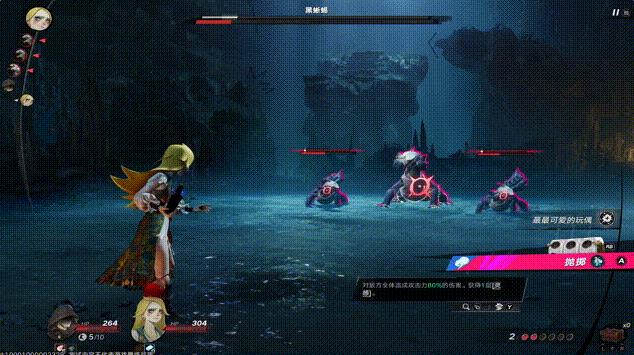
The game introduces a dice check mechanism, which is widely applicable. It is used for determining the first-strike damage in each battle, as well as for checking dialogue and interaction attributes.
2. Naval Combat
The naval combat gameplay, based on the current test, shows great potential and is expected to have a large future gameplay space. Players can sail and explore the sea, encountering various adventures, such as following ocean currents or meeting the siren in the fog. The most impressive aspect is the entire sea area system for unlocking island exploration. The islands and the sea together form an area of nearly 200 square kilometers. Each time, players can set out from the main city, assemble their crew, and upon reaching an island, choose characters from the crew to form a team. The gameplay of sailing and exploring is somewhat like a large dungeon, but the entire sea area is not a traditional MMO dungeon; it is a freely explorable, interactive, and open large map. Besides sailing and combat, there are also unexpected encounters.
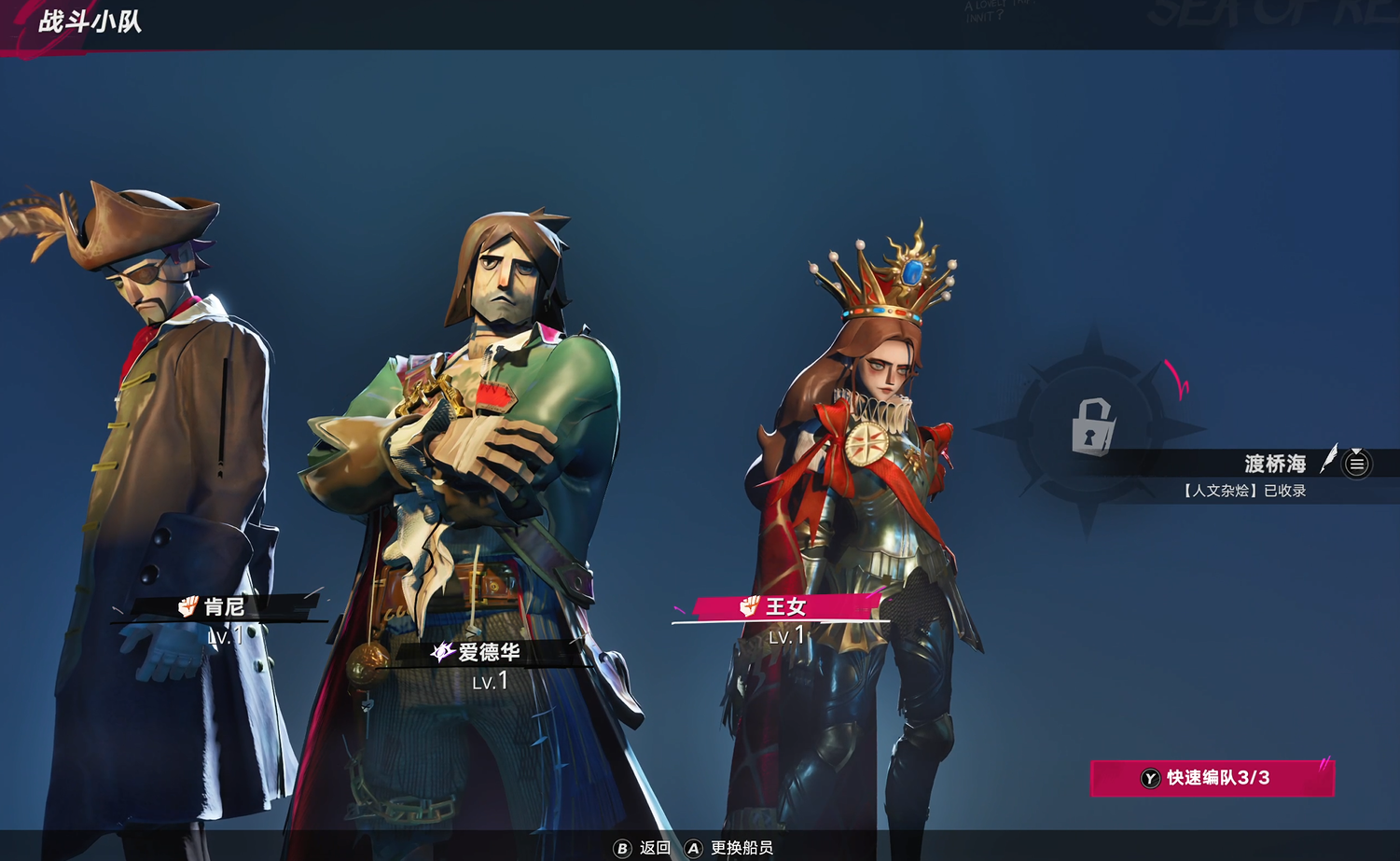
After the island exploration, the main combat mode switches from turn-based to real-time naval combat, using the ship's main cannons to attack enemy ships or sea monsters. Up to four crew members can be assigned, and the ship has four gun positions: bow, stern, side, and sniper. The ship itself also has an independent character development system.
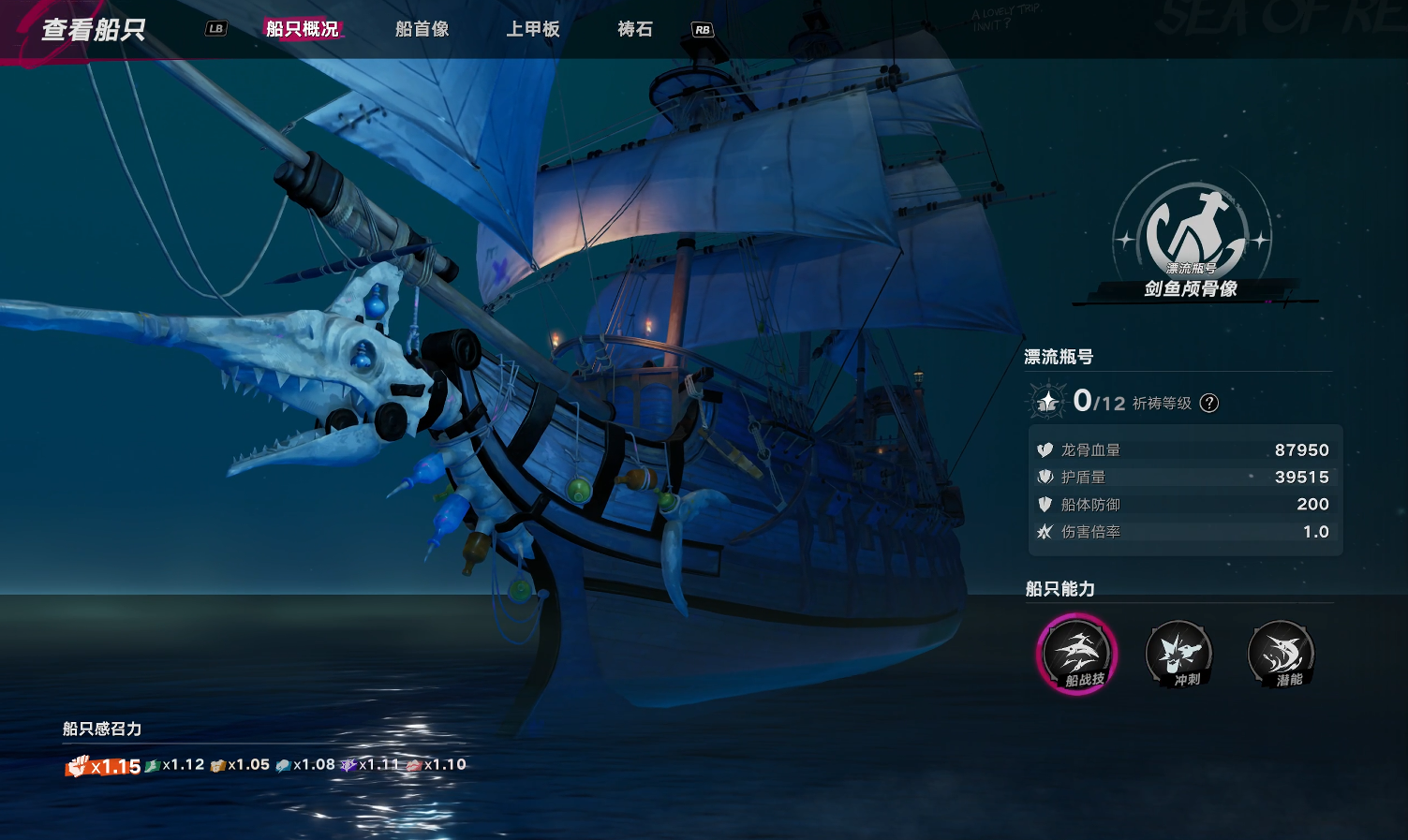
This article temporarily introduces the specific gameplay of the Sea of Oblivion here. The game involves strategy, exploration, development, and puzzle-solving, all of which support the overall gameplay depth. Additionally, there is an exciting main storyline. Although the level of enjoyment may vary from person to person, objectively speaking, the overall gameplay is very attractive and worth experiencing in-depth by players.
